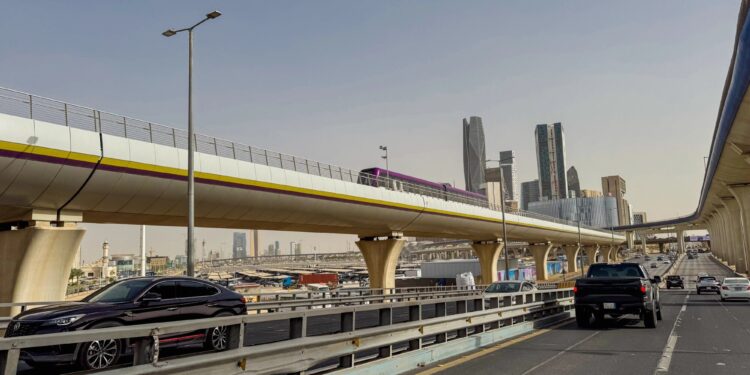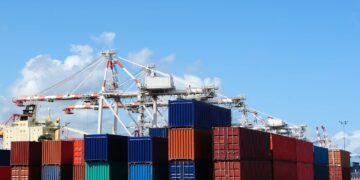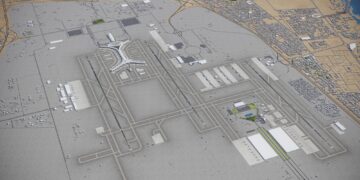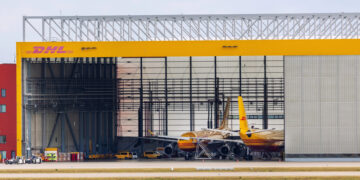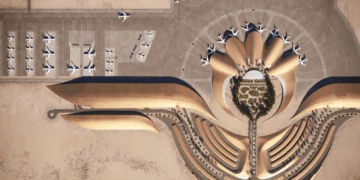Saudi Arabia’s preparations for the 2034 FIFA World Cup are about more than hosting a major sporting event. According to a recent Roland Berger report, the Kingdom is using the tournament as a catalyst to overhaul its national transportation and logistics infrastructure, aiming to position itself as a regional logistics leader.
With over one million international visitors expected and a growing domestic travel base, Saudi Arabia is accelerating airport expansions, metro lines, shuttle services, and new rail links—all within a nine-year timeframe. These projects are designed not only for the World Cup but also to support Vision 2030, which emphasizes economic diversification, tourism, and modern supply chains.
Key cities such as Riyadh, Jeddah, NEOM, and Abha are being developed as long-term transport and logistics centers. Initiatives like the Riyadh Metro extension to Qiddiya and high-speed rail projects are intended to serve both immediate event needs and the Kingdom’s future mobility goals.
Saudi Arabia’s strategy draws on lessons from past global events, integrating air, rail, metro, and shuttle systems for seamless mobility. Low-cost carriers will link host cities, while expanded rail and metro networks will move both fans and freight efficiently. Supporting infrastructure like park-and-ride systems and advanced traffic management will improve last-mile access.
Beyond the World Cup, these investments are expected to transform freight movement. Expanded airports will boost cargo capacity, and metro extensions will support urban deliveries. Enhanced traffic controls and digital mobility platforms will benefit logistics providers, making supply chains faster and more reliable.
High-speed rail corridors between Riyadh, Jeddah, and NEOM will not only transport visitors but also facilitate quick movement of goods, reducing reliance on road transport and cutting costs and emissions. Integrated logistics hubs and freight villages are set to streamline operations for businesses across the region.
These developments align with national strategies such as the National Transport and Logistics Strategy and the creation of Special Integrated Logistics Zones. Saudi Arabia’s goal is to become one of the world’s top ten logistics hubs by 2030. While the focus may be on stadiums, the real legacy will be in the infrastructure connecting them.
For logistics firms, technology providers, and investors, the World Cup presents a unique opportunity to engage with Saudi Arabia’s infrastructure transformation. Public-private partnerships and innovations in shared mobility, last-mile logistics, electric vehicles, and smart ticketing will be vital to realizing the Kingdom’s ambitious plans.
